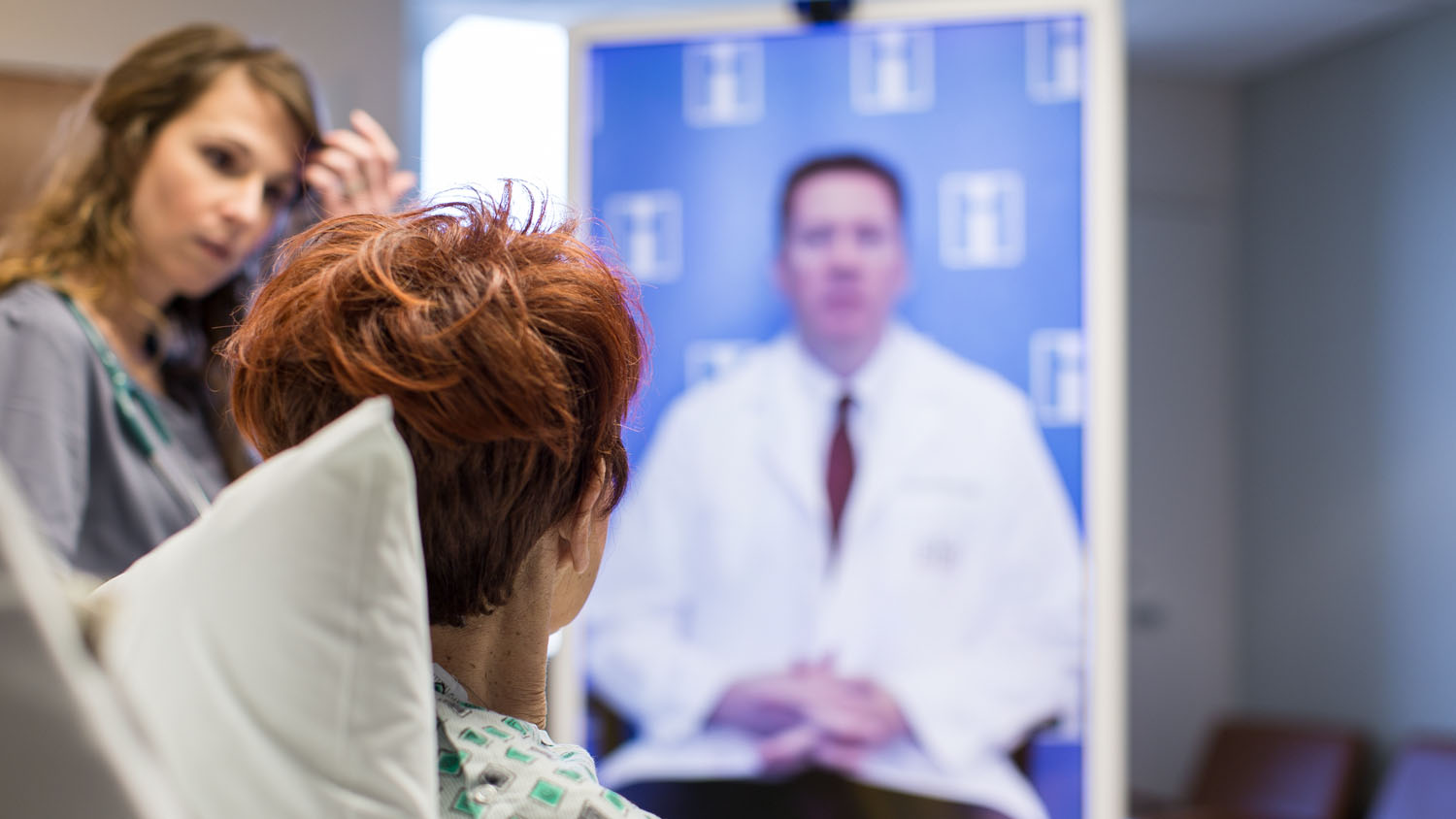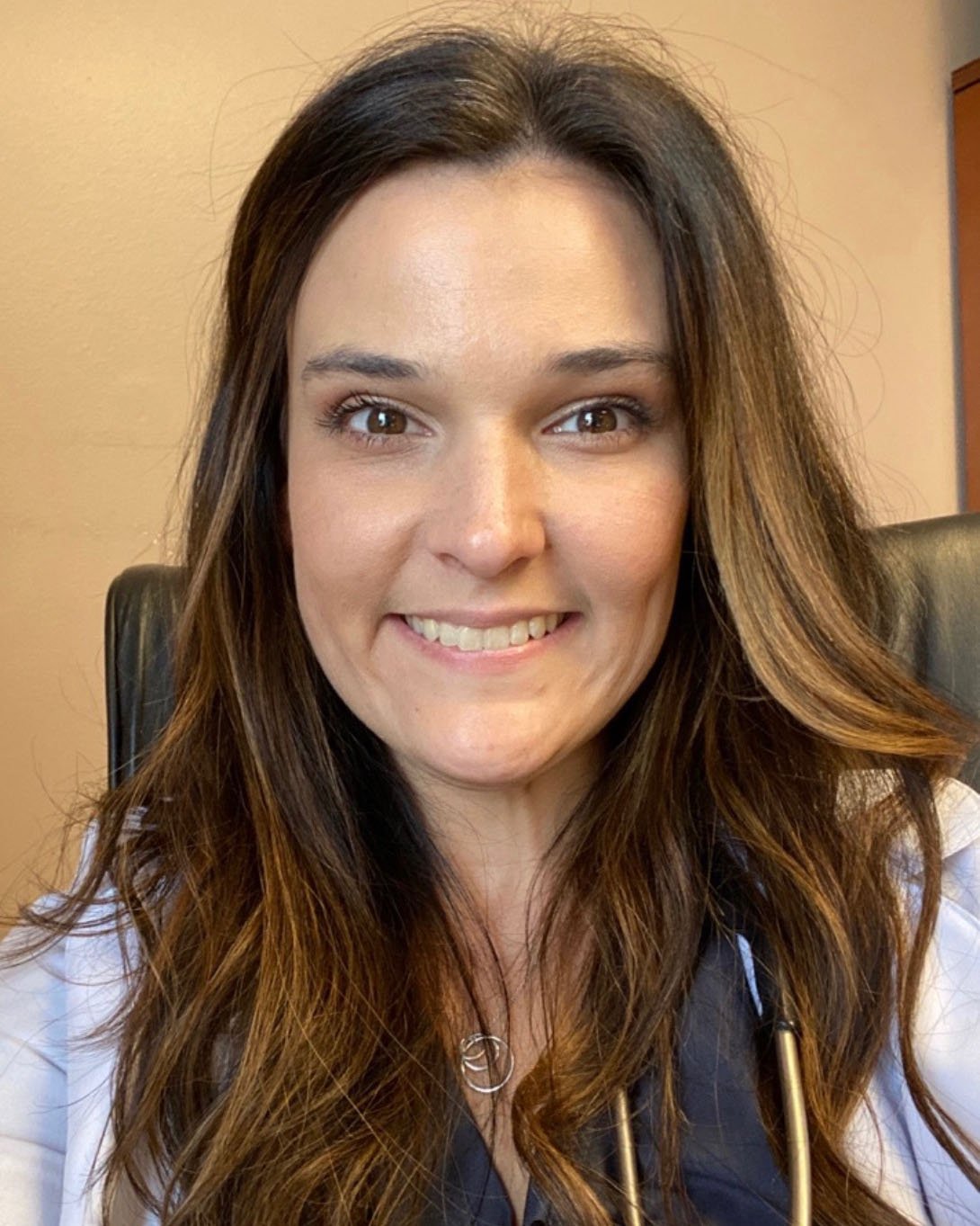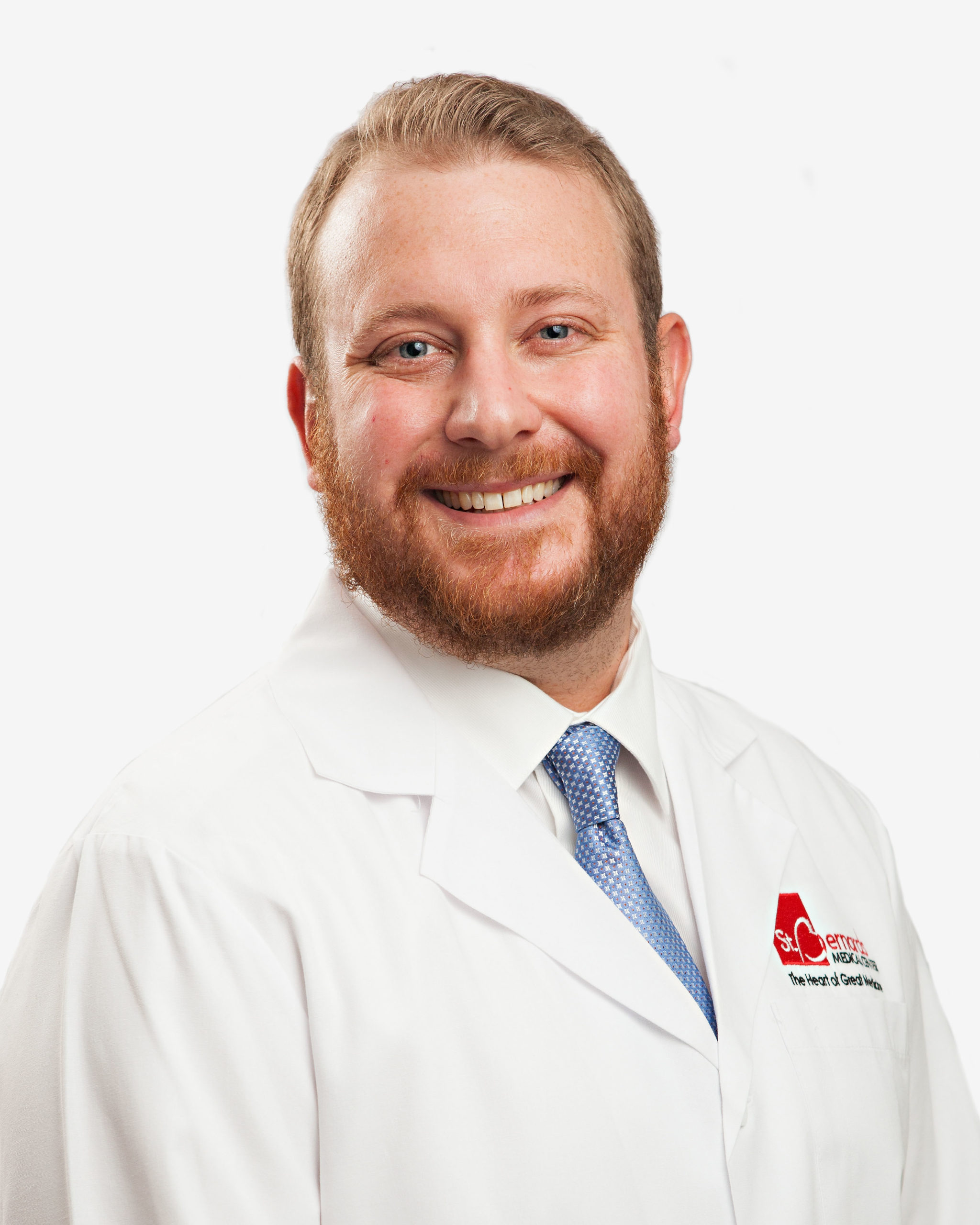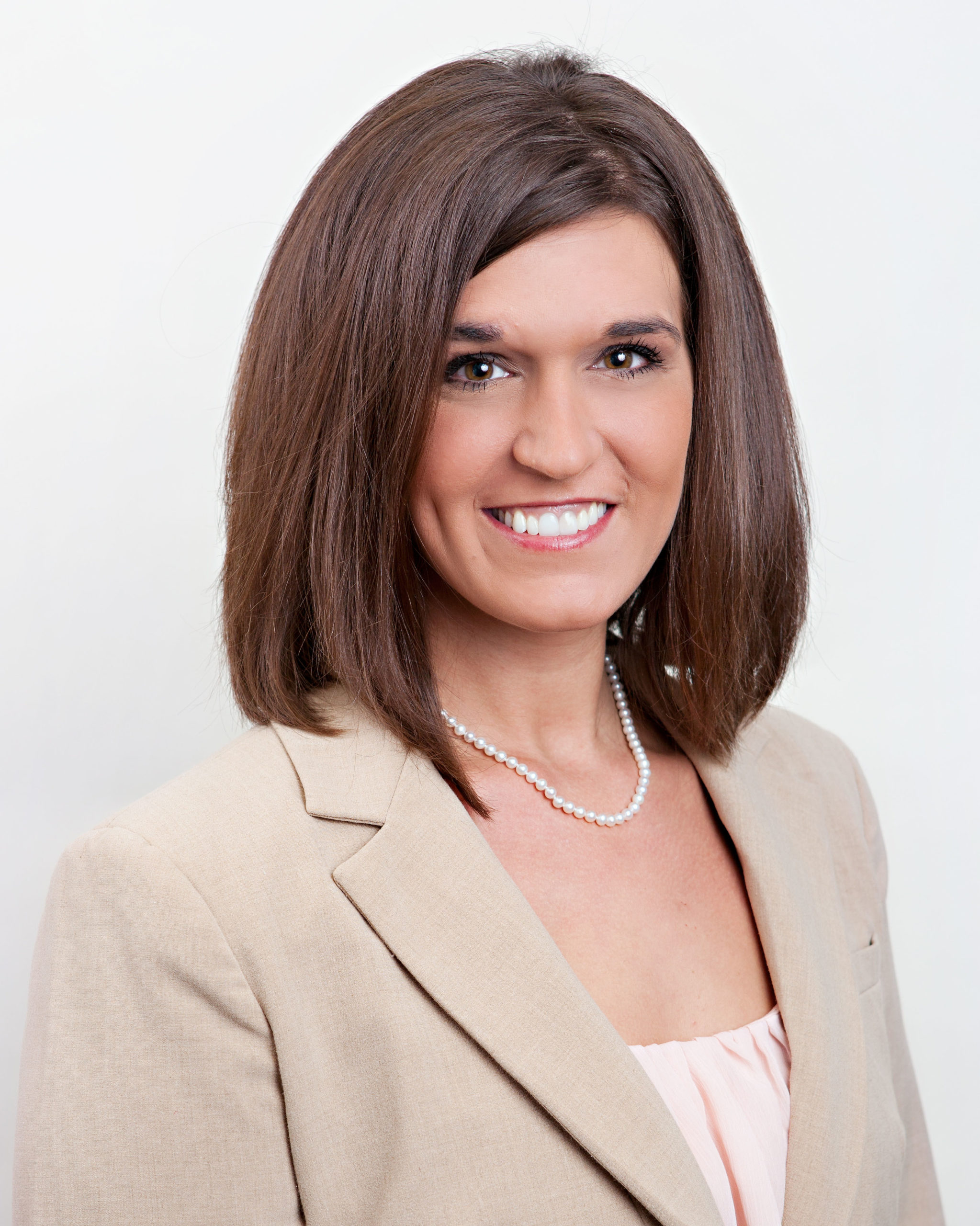Combating COVID-19 Challenges with Telemedicine Tech
Rural Arkansas healthcare system overcomes restrictions through novel Winrock-supported startup
By the time malaria swept through northeast Arkansas in 1899, the sisters of the Holy Angels Convent knew disease well. A cholera outbreak the year before had chased them from the community of Pocahontas to Jonesboro, 40 miles to the south. They had come to America from a convent in the Swiss Alps to teach the children of German settlers, but now they purchased a two-story house in downtown Jonesboro to minister to the sick. Inside, the sisters set up cots and converted orange crates into wash stands, ministering to the patients who suffered through high fevers and shaking chills.
One year later, the sisters opened one of the first hospitals in Arkansas. They named it after Saint Bernard Tolomei, an Italian Roman Catholic theologian who died caring for those stricken by the Plague of 1348. St. Bernards Hospital continued to serve the thousands who fell ill in periodic malaria epidemics. In 1915, the Rockefeller Foundation – founded three years earlier – and the U.S. Public Health Service funded a mosquito eradication campaign that successfully ended a malaria outbreak in the southeast Arkansas town of Crossett. The experiment served as a model for a massive federal effort that largely eliminated malaria in the south by the 1950s.

Today, St. Bernards Healthcare serves more than 100 healthcare locations across 23 counties in northeast Arkansas and southeast Missouri. And 120 years after its founding during a malaria epidemic, it faces a new disease. A newly renovated, 46-bed intensive care floor holds patients battling COVID-19. To treat them, St. Bernards is using a new telemedicine technology from Innovator Health, a tech startup located in Jonesboro that connects underserved rural hospitals with qualified doctors through telehealth and telemedicine. Innovator was recruited to Jonesboro by Innovate Arkansas, a state-funded initiative administered by Winrock International that helps scale promising Arkansas technology ventures.
Telemedicine involves a doctor remotely evaluating a patient by video over the internet, but the technology has traditionally struggled in rural settings with two major obstacles — doctor-patient intimacy and low internet bandwidth. Innovator has pioneered solutions to both these problems. First, a 55-inch screen, attached to a wheeled console called a Rounder, broadcasts a life-size physician to the patient’s bedside and enables direct eye contact. A nurse working at the practitioner’s direction can examine the patient with an attached stethoscope, cameras and other tools that relay diagnostic information to the doctor in real time. Innovator also uses compression technology that transmits the live HD video — with HIPPA-compliant, 128-bit encryption — over as little bandwidth as that required for a 4G cellular connection.

Prior to the COVID-19 pandemic, Innovator’s unique technology was already making a difference in select rural hospitals. The technology connected rural patients with highly qualified specialists they would otherwise have had to travel to larger cities to see. Increased visits from local patients helped improve the bottom line and health of the participating hospitals.

Since the pandemic began, however, St. Bernards Medical Center has been utilizing Innovator’s telemedicine technology to respond to a host of unique problems posed by the virus. To protect staff and save time and PPE, St. Bernards has set up a studio in the hospital where physicians and practitioners can evaluate patients through the Rounder, with a nurse assisting in patients’ rooms. Johnna Boggs, a nurse practitioner, said evaluating patients using the Rounder has been a positive experience.
“I could immediately see patients and there was no lag between me and the patient talking,” Boggs said. “The cameras were able to zoom in nicely, with a clear picture.”
Dr. Jordan Janik, who has been taking care of COVID patients at St. Bernards Medical Center with three other doctors, said the telemedicine technology is helping to address a range of COVID-specific challenges faced by the hospitals. First, Janik said, the Rounders have enabled COVID patients who experience complications from other conditions to speak remotely with specialists, such as cardiologists or pulmonologists.

Janik has also used the Rounders to save commute time by seeing patients at the hospital’s behavioral health and psychiatric unit, which is in a separate facility. Finally, the technology has helped family members of patients take part in doctor-patient consultations. One of his patients called their daughter on FaceTime, propped up the phone against a milk carton, and Janik spoke with them both through the Rounder.
“I’m sitting here having a FaceTime call with the daughter of the patient, and I could see the patient and her daughter,” he said. “Never done that before.”
Using technology to help patients’ family members be more involved is a huge benefit during the pandemic, said Emily McGee, the director of critical care, progressive care and respiratory care at St. Bernards. “It’s not the same hospital as six months ago,” McGee said. “We have visitor restrictions, and that’s caused hardship on families.”

It’s a hardship she’s experienced personally: When an ATV accident sent a close family member of hers to the emergency room, McGee said her husband was forced to sleep overnight in the hospital parking lot. She has spoken with administrators at St. Bernards about the possibility of setting up a studio at one of their clinics where family members could speak to their hospitalized relatives through the Rounder.
“Talking to a family member is one thing, but being able to lay eyes on them and truly get to see that they’re OK, the Rounder would be a wonderful resource to do that with,” McGee said.
While a lack of intimacy in the patient-practitioner connection has traditionally been an obstacle for telemedicine, during the pandemic it has ironically turned into a strength. “When you’re using the Rounder, you don’t have your mask on, and the patients can see and understand you better,” she said.
Janik said the pandemic has turned him into a believer in telemedicine technology.
“It’s the way of the future,” he said. “I was completely anti-telemedicine, and now I can see a lot of benefits.”
Related Projects

